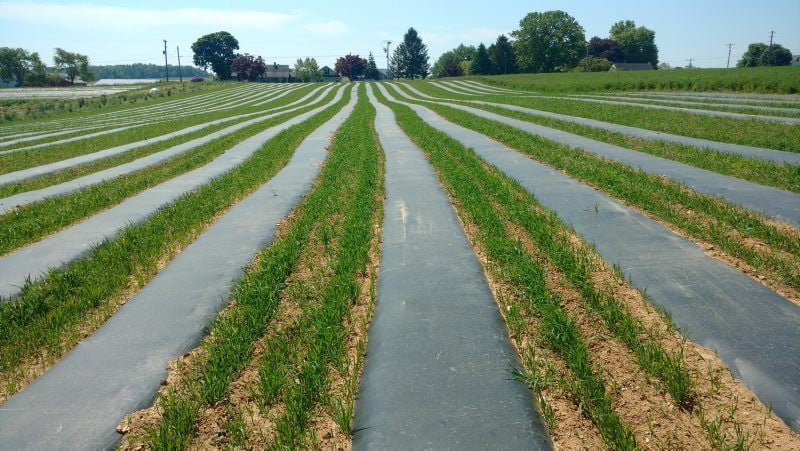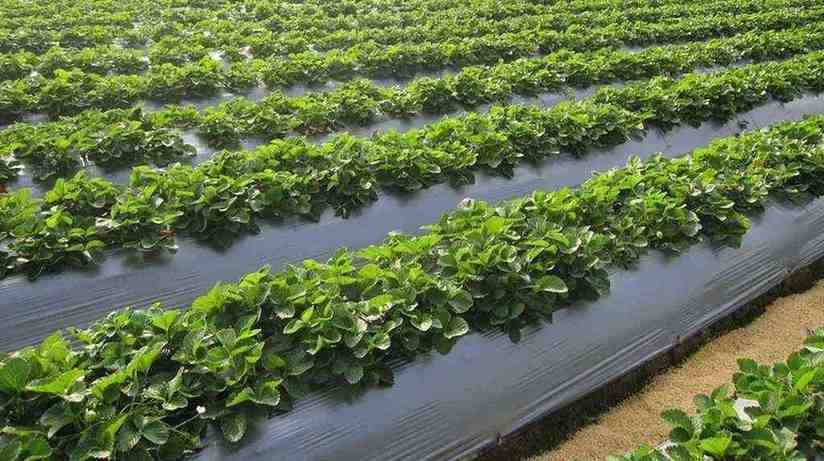Cover Crops and Mulching
Cover Crops and Mulching
Cover crops are planted to protect the soil rather than for harvest. They can be rotated with other crops, intercropped, or grown during fallow periods to control erosion, enrich the soil with organic matter, provide nitrogen, suppress weeds, and combat pests. These crops can be used alongside plantation or cash crops and can be annual, biennial, or perennial, as well as leguminous or non-leguminous. Some cover crops, particularly pulses, can also serve as short-duration catch crops, helping farmers economically during drought conditions.

A Simple Solution to Boost Soil Fertility
Mulching offers numerous benefits, including improving soil health by enhancing structure and promoting microbial activity. It helps conserve moisture by reducing evaporation and minimizing irrigation needs. Mulch also suppresses weeds by blocking sunlight and regulating soil temperature, protecting plant roots from extreme conditions. Additionally, it prevents soil erosion, stabilizes the soil, and gradually releases nutrients, enriching the soil and promoting healthy plant growth.

Cover crops and mulching align closely with FAO’s agroecological principles, supporting sustainable farming practices in several ways:
| ELEMENTS | DESCRIPTION |
|---|---|
| Diversity | Growing cover crops enhances biodiversity by increasing crop variety, which in turn boosts microbial diversity in the soil. |
| Co-creation and sharing of knowledge | Farmers select cover crops based on the agroecosystem services they provide, requiring knowledge of effective crop combinations, often passed down and shared within communities. |
| Synergies | Cover crops introduce a variety of species that foster synergies both above and below the soil, helping to suppress weeds, improve soil health, and conserve moisture. |
| Efficiency | Cover crops and mulching enhance water use efficiency, reduce external inputs like fertilizers, and improve water infiltration in no-till farms while reducing evaporation. |
| Recycling | Cover crops recycle soil nutrients, and mulch is often made from recycled materials, contributing to nutrient management and waste reduction. |
| Resilience | Cover crops protect against soil erosion and runoff by slowing rainfall, while also shielding base crops. Mulching helps reduce evaporation, control weeds, and guard against weather extremes. |
| Human and Social Values | Cover crops and mulching contribute to farming livelihoods, boosting the sustainability and social value of farms through both immediate and long-term benefits. |